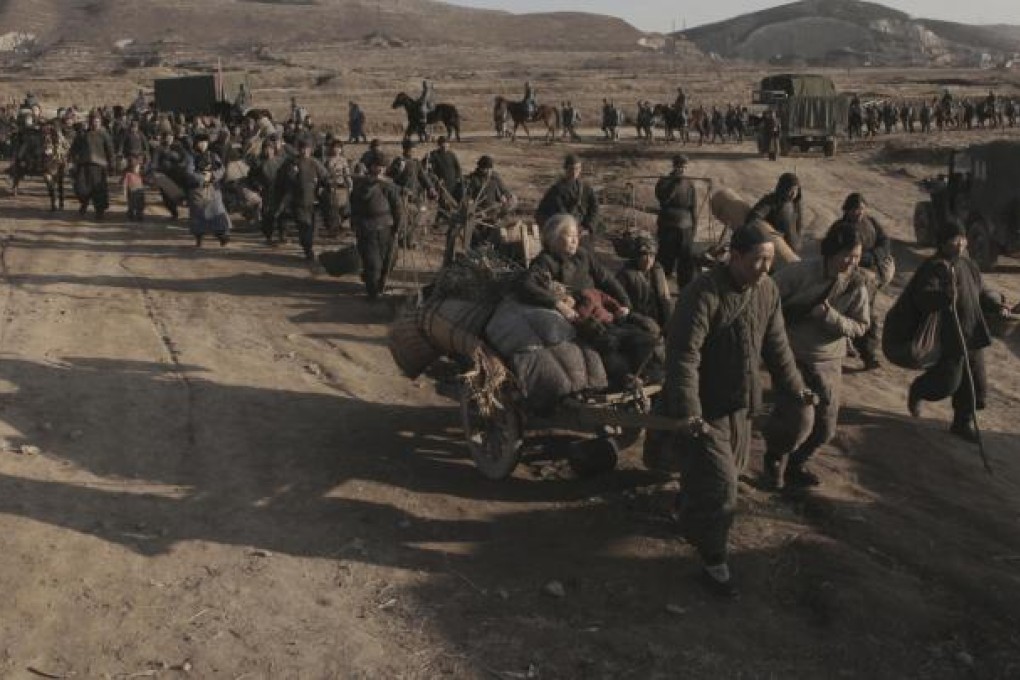Film review: Back to 1942
A hitherto obscure second world war tragedy is given an epic treatment in Back to 1942, a blockbuster that's more successful as a graphic history lesson than a poignant picture-going event.

A hitherto obscure second world war tragedy is given an epic treatment in , a blockbuster that's more successful as a graphic history lesson than a poignant picture-going event.
In his rendering of the Henan famine that took more than 3 million lives, director Feng Xiaogang attempts a grandiose sweep that encompasses not only the victims but also the calamity's reverberations upon a bureaucratic landscape extending to the wartime capital of Chongqing.
The latter aspect endows the proceedings with a dimension that eluded Feng's previous disaster spectacle, (2010). 's historical time frame, on the other hand, presumably gave Feng relative freedom to explore the manner in which partisanship affects and occasionally instigates so-called natural catastrophes.
It is this facet that ultimately provides the movie with a magnitude, along with a degree of irony, that transcends the sometimes forced nature of the multitudinous plot strands written by Henan native Liu Zhenyun. The cross-cut vignettes cover a lot of territory geographically and socially - the major protagonists include a landlord (Zhang Guoli) who's reduced to destitution, and the peasants upon whom he now must depend.
The women also represent an array of social strata, ranging from the landlord's pampered daughter (Fiona Wang Ziwen) to a tenant's earthy wife (Xu Fan). Though their plight is grievous, the film falls short of making the audience truly feel for them. Among the culprits are an overly manipulative background score and exploitatively explicit bloodletting that divert from the viewing experience.
